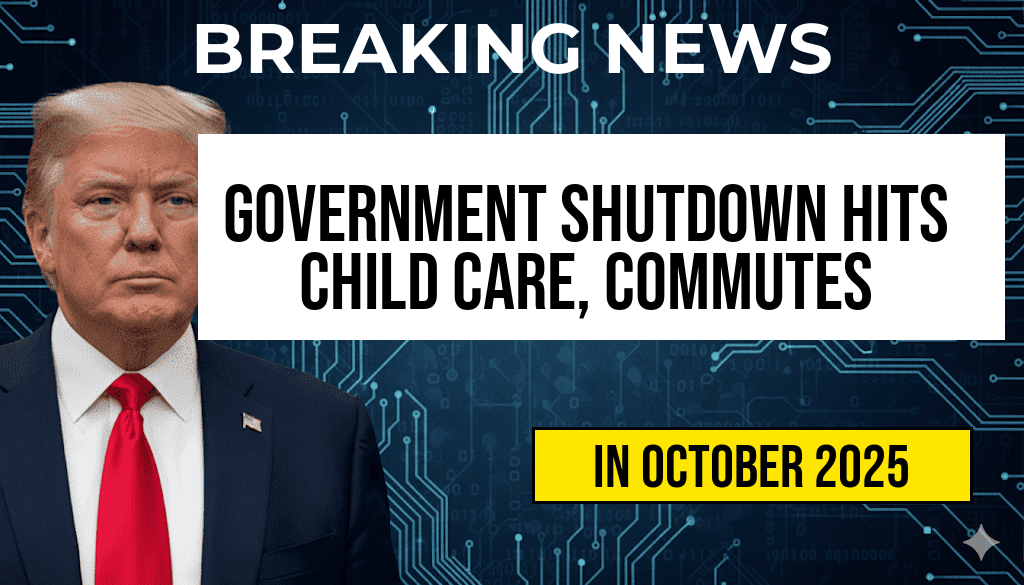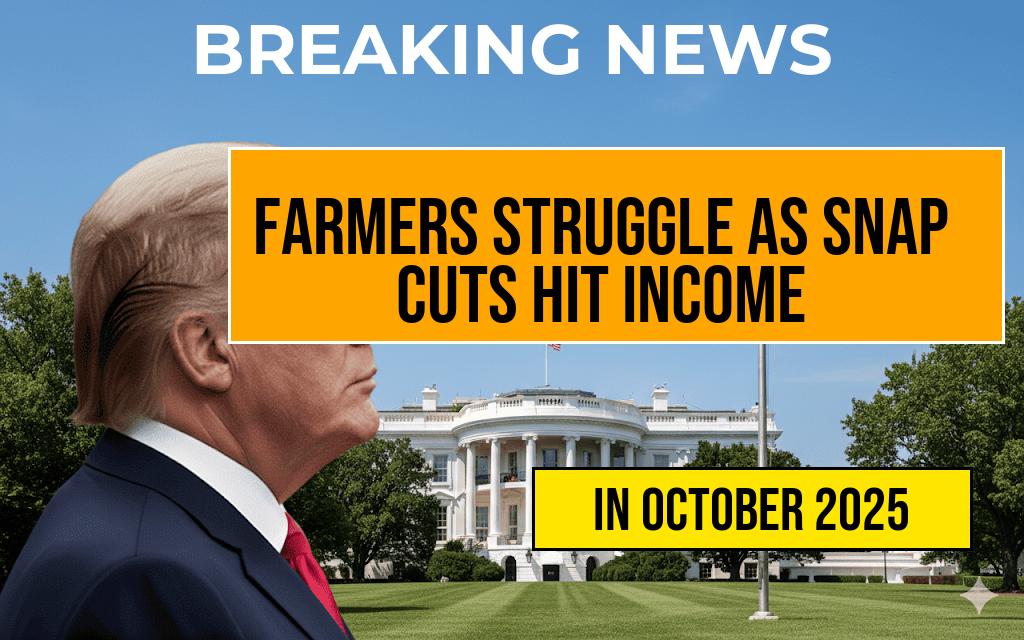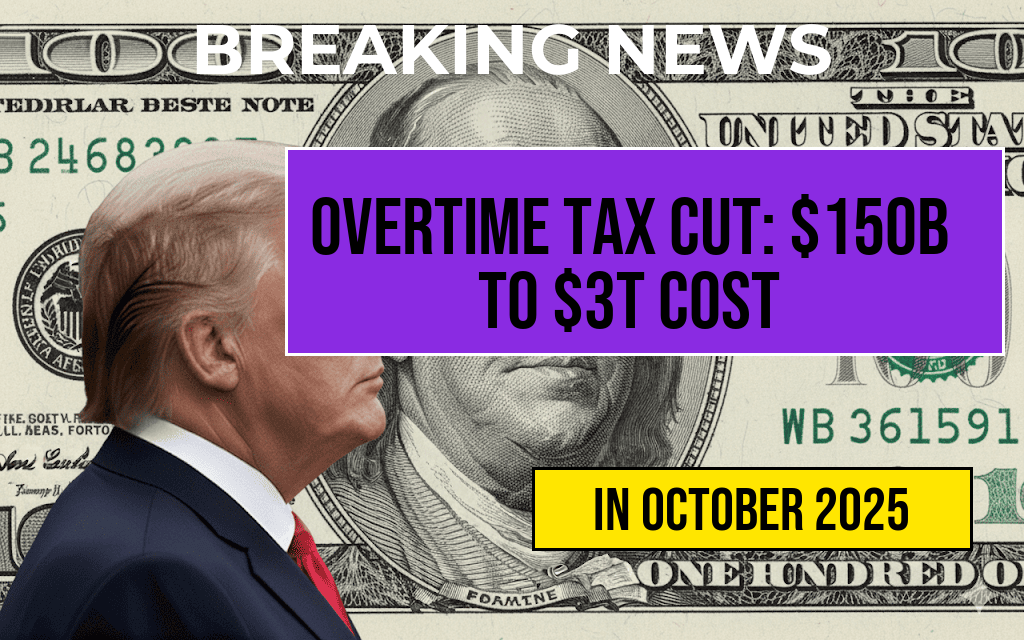Farmers across the United States are grappling with significant financial pressures as recent cuts to the Supplemental Nutrition Assistance Program (SNAP) coincide with ongoing trade disputes. These factors have culminated in a devastating impact on agricultural income, leaving many producers struggling to maintain their livelihoods. With thousands already reporting losses of income, the agricultural sector faces a precarious future. The interplay between government policy changes and international trade tensions is creating a perfect storm that threatens the stability of farming operations, particularly for small and medium-sized farms that rely heavily on both domestic and international markets.
SNAP Cuts: A Direct Hit to Farmers
The recent reduction in SNAP benefits has led to a decrease in purchasing power for millions of American families. This program has traditionally been a critical source of support for farmers, as it drives consumer spending on food products. According to the USDA Food and Nutrition Service, SNAP benefits account for nearly 10% of all food expenditures in the U.S. When families have less money to spend, the ripple effect is felt throughout the agricultural supply chain.
- Loss of consumer spending directly impacts farm income.
- Small farms are particularly vulnerable to these cuts.
- Producers of perishable goods face the highest risks.
Trade Wars Add to the Burden
Compounding the issue are the ongoing trade tensions between the U.S. and several key international partners. Tariffs imposed on agricultural products have led to retaliatory measures from other countries, further complicating the market for American farmers. For example, China, once a major importer of U.S. agricultural goods, has drastically reduced its purchases due to trade sanctions. This has left many farmers with surplus products that they cannot sell, leading to significant financial losses.
A recent report by the American Farm Bureau Federation indicates that the trade war has contributed to a decrease in farm income by approximately 10% over the past year. This decline is particularly pronounced in sectors such as soybeans and pork, where exports play a crucial role in profitability.
Financial Consequences for Farmers
The cumulative effect of SNAP cuts and the trade war is a stark reality for many farmers. According to a recent survey conducted by the National Agricultural Statistics Service, over 60% of farmers reported a decrease in income over the past year. The financial strain is forcing many to consider difficult choices, including:
- Reducing workforce or hours
- Scaling back on production
- Seeking alternative sources of income
Long-Term Implications
Experts warn that the long-term implications of these financial strains could be severe. According to agricultural economist Dr. Jane Smith, “If these trends continue, we could see a significant decline in the number of family farms across the country. The loss of small and medium-sized farms would not only affect local economies but also threaten food security.”
Moreover, the psychological toll on farmers cannot be overlooked. The stress associated with financial instability can lead to mental health issues, which have become increasingly visible in rural communities. Support networks and mental health resources are critical as farmers navigate these challenging times.
Potential Solutions
While the situation seems dire, there are potential avenues for relief. Advocates are calling for:
- Restoration of SNAP benefits to pre-cut levels.
- Increased support for trade negotiations that prioritize agricultural interests.
- Investment in local food systems to reduce dependence on international markets.
As discussions continue at both state and federal levels, the future of American agriculture hangs in the balance. Farmers are resilient, but without significant changes to current policies, the economic viability of many operations remains uncertain. The need for immediate action has never been more critical to ensure a sustainable future for the agricultural sector and the millions it feeds.
Frequently Asked Questions
What are the main reasons for the financial strain on farmers?
The financial strain on farmers is primarily due to SNAP cuts and the ongoing trade war, which have collectively resulted in thousands of dollars lost in income for many in the agricultural sector.
How have SNAP cuts impacted farmers’ income?
SNAP cuts have led to reduced support for low-income families, resulting in decreased demand for agricultural products, which directly affects farmers’ income and profitability.
What role does the trade war play in the challenges faced by farmers?
The trade war has disrupted export markets, leading to a decline in prices for many crops and livestock, further exacerbating the financial difficulties faced by farmers.
Are there any support programs available for struggling farmers?
Yes, there are various support programs and resources available through government agencies and non-profits aimed at assisting farmers who are experiencing financial distress due to SNAP cuts and the trade war.
What can farmers do to mitigate the effects of these financial challenges?
Farmers can explore diversification of crops, seek out new markets, and participate in local food systems as strategies to mitigate the financial impact of SNAP cuts and the trade war.










